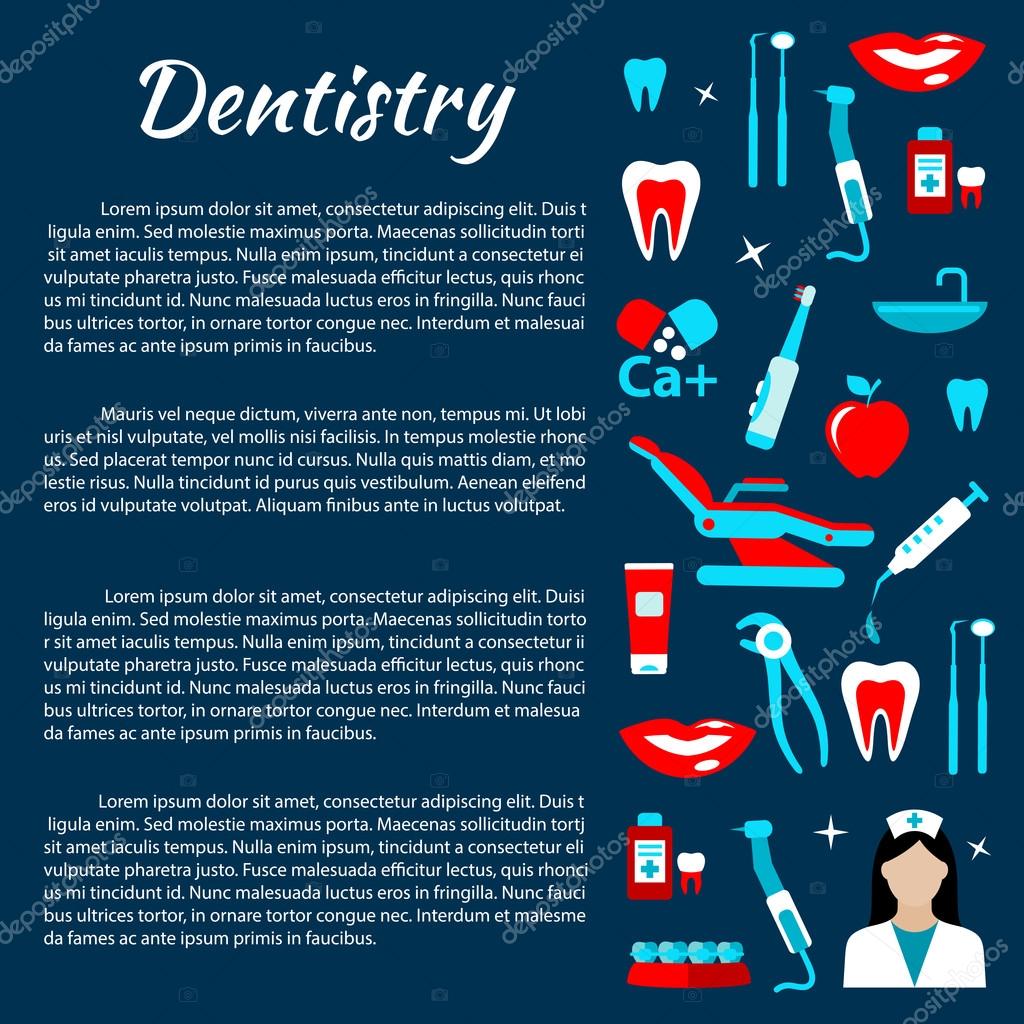Examine The Innovative Innovations That Are Changing Oral Surgery. Discover What The Future Holds For This Area And Maintain Yourself Informed. Click Now For A Special Sight Of Upcoming Improvements
Examine The Innovative Innovations That Are Changing Oral Surgery. Discover What The Future Holds For This Area And Maintain Yourself Informed. Click Now For A Special Sight Of Upcoming Improvements
Blog Article
Material By-Foldager Jonasson
Welcome to the globe of dental surgery, where advancements and advancements are forming the future of the area! In this interesting realm, you'll witness the transformative power of robotics, the advanced marvel of 3D printing, and the game-changing impact of minimally intrusive techniques.
The future of dental surgery holds an assurance of precision, performance, and improved person end results. With the help of innovative robotics, cosmetic surgeons are able to execute intricate procedures with higher accuracy and control.
3D printing technology is changing the production of oral implants and prosthetics, providing tailored remedies that fit flawlessly right into each client's special makeup.
In addition, minimally invasive methods are minimizing post-operative discomfort and recovery time, permitting patients to return to their day-to-days live sooner.
Prepare yourself to explore the interesting innovations and advancements that are improving the landscape of oral surgery!
Innovations in Robotics
One significant improvement in dental surgery is making use of robot innovation, which enables exact and effective procedures. With the help of robotic systems, oral surgeons have the capability to execute complicated surgeries with enhanced precision, lessening the danger of human mistake.
These robot systems are geared up with sophisticated imaging technology and specific tools that enable specialists to navigate with complex physiological frameworks effortlessly. By using robot innovation, doctors can achieve better medical precision, causing improved person results and faster recovery times.
On top of that, making use of robotics in oral surgery enables minimally invasive procedures, reducing the trauma to bordering tissues and promoting faster recovery.
3D Printing in Oral Surgery
To enhance the area of oral surgery, you can check out the subtopic of 3D printing in dental surgery. top local dentist -edge innovation has the potential to revolutionize the method oral cosmetic surgeons run and deal with individuals. Here are four key ways in which 3D printing is shaping the area:
- ** Customized Surgical Guides **: 3D printing enables the production of extremely exact and patient-specific surgical overviews, boosting the precision and performance of procedures.
- ** Implant Prosthetics **: With 3D printing, dental doctors can create customized implant prosthetics that perfectly fit an individual's special anatomy, causing far better outcomes and person fulfillment.
- ** Bone Grafting **: 3D printing enables the manufacturing of patient-specific bone grafts, minimizing the requirement for conventional implanting techniques and boosting recovery and recuperation time.
- ** Education and Training **: 3D printing can be utilized to produce sensible medical designs for instructional purposes, enabling oral specialists to exercise intricate procedures before doing them on clients.
With its potential to improve accuracy, personalization, and training, 3D printing is an exciting development in the field of oral surgery.
Minimally Intrusive Methods
To even more advance the field of dental surgery, embrace the possibility of minimally invasive techniques that can considerably benefit both doctors and clients alike.
Minimally hill country pediatric dentistry are revolutionizing the area by decreasing surgical trauma, minimizing post-operative discomfort, and accelerating the recuperation procedure. childhood caries involve using smaller sized cuts and specialized tools to perform procedures with accuracy and effectiveness.
By utilizing innovative imaging innovation, such as cone beam of light computed tomography (CBCT), cosmetic surgeons can precisely prepare and carry out surgical treatments with very little invasiveness.
Additionally, making use of lasers in oral surgery enables accurate cells cutting and coagulation, causing lessened bleeding and minimized recovery time.
With minimally invasive strategies, clients can experience quicker healing, lowered scarring, and boosted end results, making it an essential element of the future of dental surgery.
Verdict
So, as you can see, the future of oral surgery is extremely promising, with exciting developments and advancements shaping the field.
From the developments in robotics to the use of 3D printing and minimally invasive methods, oral surgeons are revolutionizing the way they offer treatment.
While some might fret about the prospective expense related to these improvements, it is very important to keep in mind that these innovations inevitably boost client results and decrease healing time, making them well worth the financial investment in the long run.
